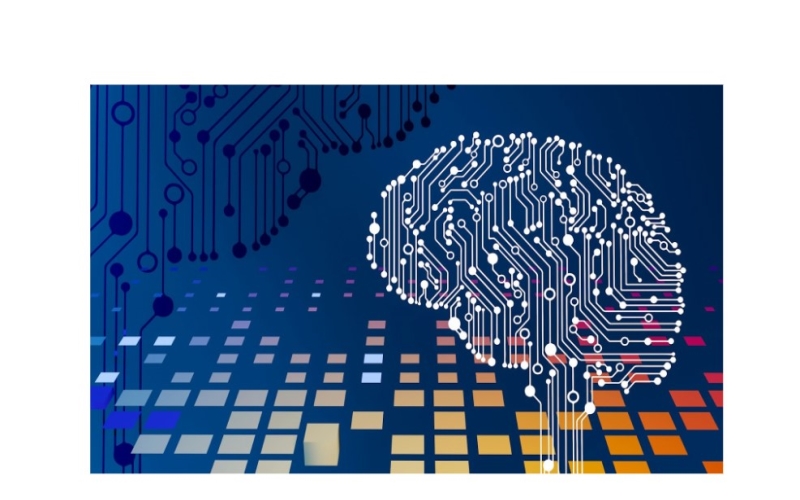Work comes in several forms. Work has always been part of human society, from hunting and gathering to sophisticated remote coding tasks. But if you know one thing about human society, it’s constantly changing, affecting how people across different industries discharge their professional responsibilities.
Be it automated robotics replacing manual workers on assembly lines or machine learning and AI used to facilitate complex decision-making, work as we know it is gradually evolving. The thing about change is it can, at times, go unnoticed, even if it’s right before your eyes.
This post focuses on automation and its role in bringing the future of work to the present-day workplace.
Is Intelligent Automation Worth the Hype?
Discussions surrounding the rise of intelligent automation have been around for several decades. Many have expressed concerns about its impact on the job market. Automation promises better productivity and efficiency, resulting in more affordable prices and boosts in profit margins for businesses.
But like every other tool, it could have negative impacts if not used wisely. Some concerns about the possible downsides of automation include job displacement and lower wages.
But let’s take a minute to weigh the possible upsides against the downsides. First, it’s vital to note that not all automation is equal. The goal is to achieve intelligent automation. Businesses can increase their upside and cap the downsides by implementing intelligent automation systems and solutions.
What the Stats Say

Per a report published by McKinsey Global Institute, automation could boost global productivity by 0.8 to 1.4 percent yearly. The trickle effect of this spike in productivity could result in new jobs and massive economic growth.
Let’s take the manufacturing sector as an example to paint a more vivid picture. The production processes in this industry have already undergone massive transformations thanks to intelligent process automation.
Stats provided by the International Federation of Robotics showed an 11 percent increase in industrial robot sales in 2020, climbing to an all-time high of 373,00 units. This rise accounted for better efficiency, higher output, and lower errors.
Key Benefits of Intelligent Automation
So automation in the manufacturing sector was like the second discovery of fire. It’s time to ask what it can do for your industry and your organization’s position in this said industry.
Below are some vital benefits of automation that your organization can begin enjoying today.
- Better Use of Resources
By automating routine processes, capitalizing on employees’ strengths, and learning new skills like agile engineering, businesses may free up their workers to concentrate on higher-level, more creative initiatives.
- More Reliability and Precision
By effectively carrying out repetitive activities, automation techniques lessen the possibility of human error caused by exhaustion or negligence.
- Decreased Operating Expense

High-tech equipment and software significantly boost productivity while cutting expenses. For instance, automation in the manufacturing sector can reduce personnel expenses by 20% and shorten production times by half. In the service industry, automated systems respond to HR queries three times faster.
- The Capability to Adjust and Grow
Unlike manual processes, you can scale automated workflows up or down in no time, which enables organizations to react swiftly to shifting market demands without the constraints imposed by the need for human oversight.
Although there has been a change in the management and execution of jobs, this change is not about doing away with physical work altogether. Instead, it’s all about making people more capable, minimizing the possibilities of mistakes, and opening up new possibilities.
Assessing Your Readiness For Intelligent Automation
Without a doubt, AI has many positive uses. Efficiency will increase, monotony will decrease, and countless other benefits will build up, snowballing better business achievements.
However, as a result of automation, changes will occur in the structure of your workforce, the need for digitally competent personnel, the nature of particular positions, and the technology used.
Therefore, you should think about these essential factors before choosing to automate a procedure or not:
- How does everything in the process unfold?
- What challenges does it encounter, and what results does it produce?
Although it may appear to be straightforward, it is highly complex. You could use flowcharts, checklists, or layouts to look at it and see how the steps fit together. Write down what goes into and comes out of your process, who does what, and how they all depend on each other.
Conclusion
Depending on how you look at things, you may regard automation as a threat or an opportunity for better and faster productivity. Even better, you recognize the pace at which things are changing and the necessary steps you need to take in preparation for the exciting days ahead.





